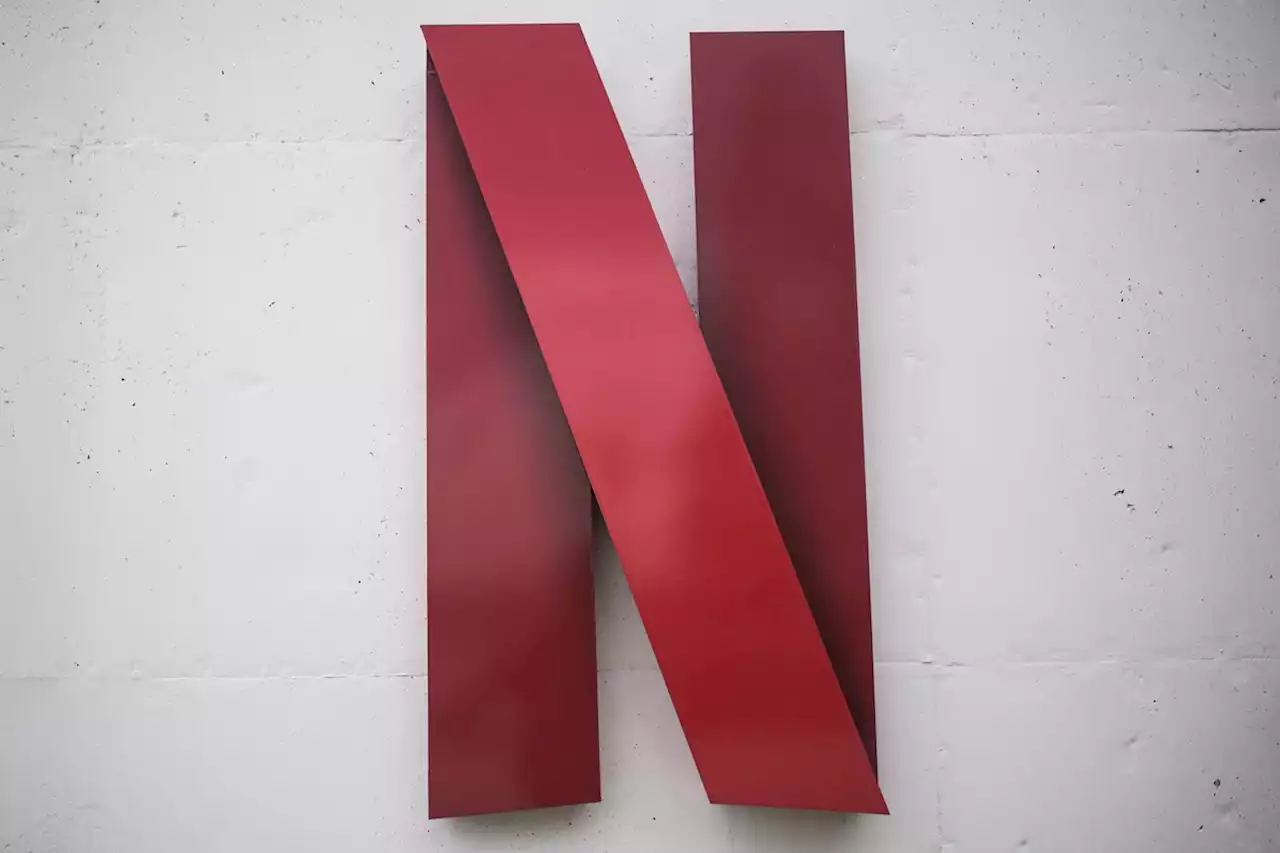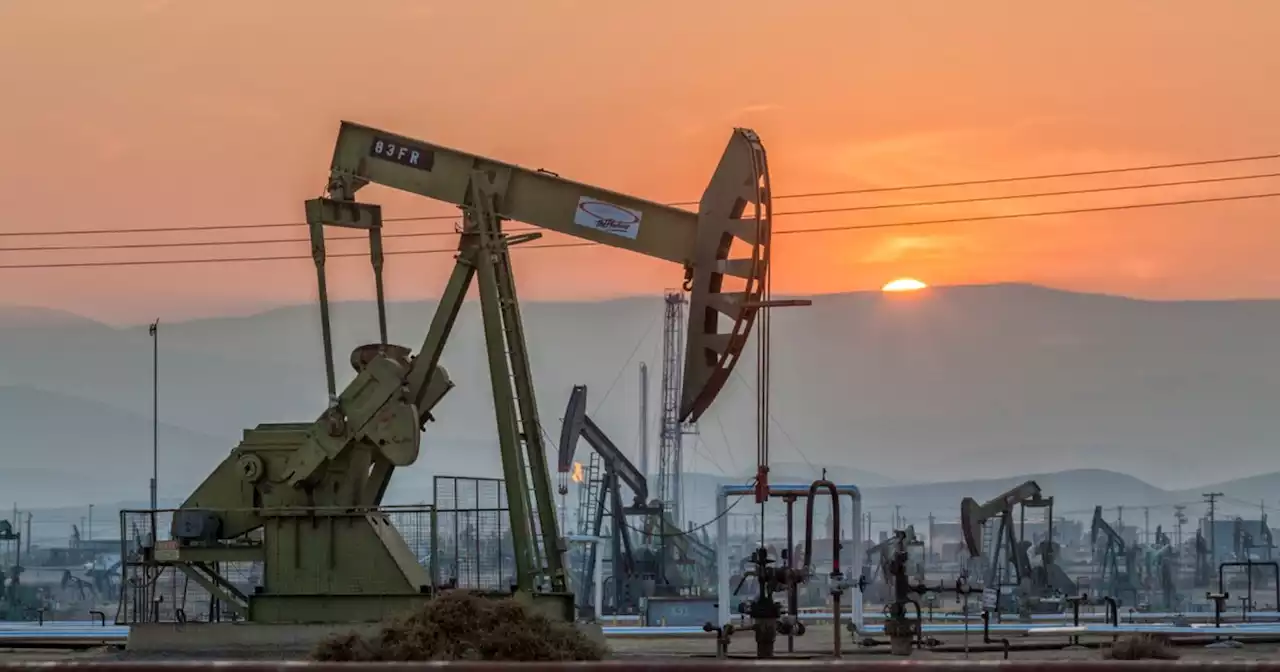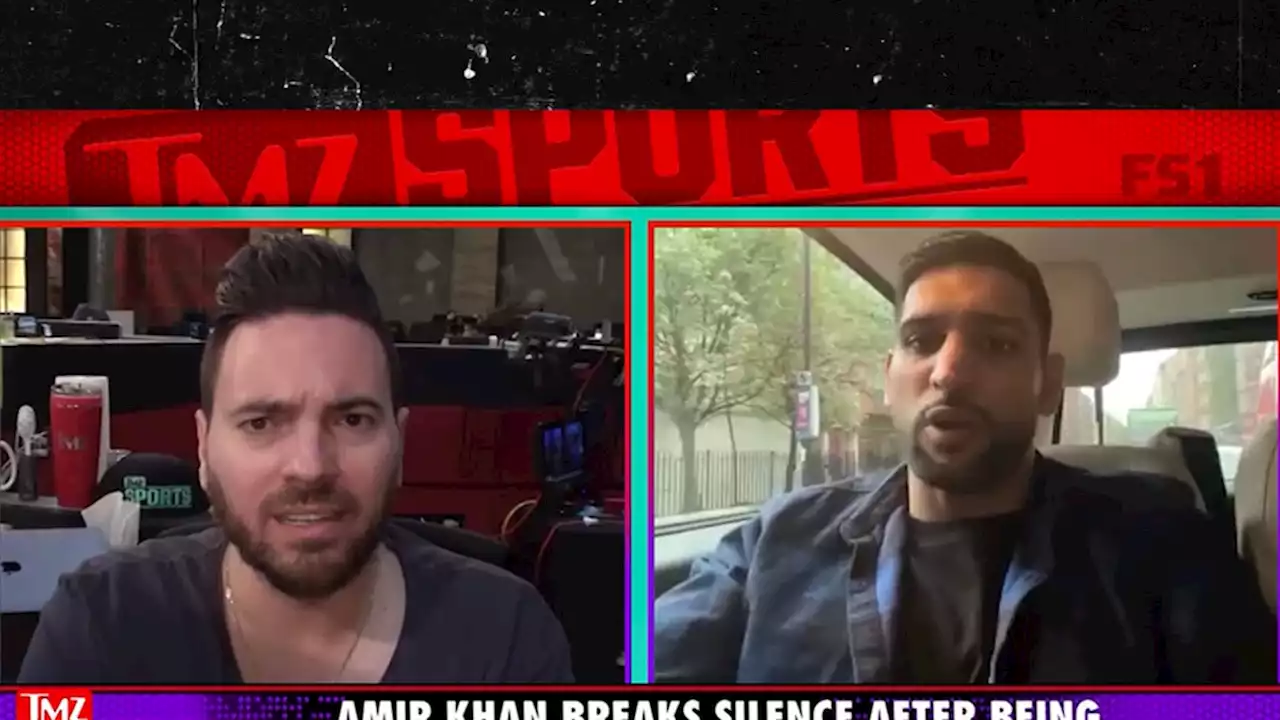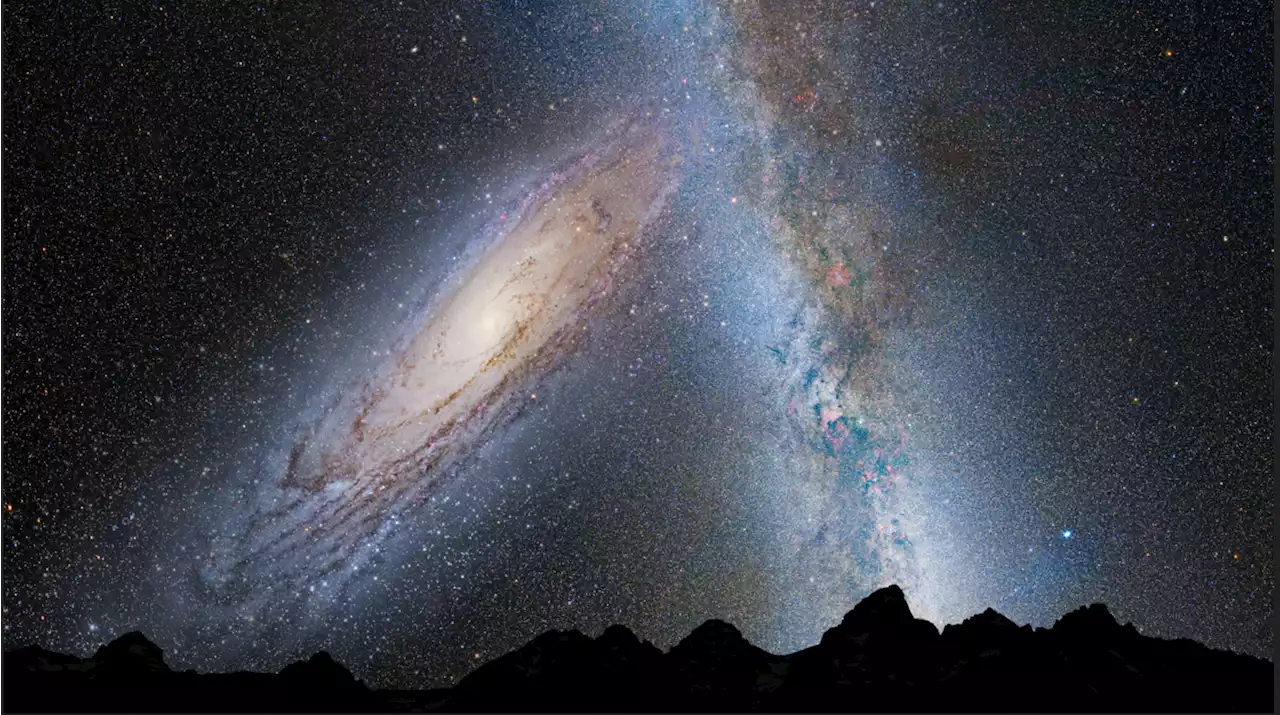The fate of the Milky Way – and many others – is played out in a slow but surprisingly violent cosmic dance. Discover more by clicking the link below.
Stars and galaxies move around us at a pace that seemsglacial on human time scales. Their dance is exceedingly gradual, taking place over billions of years. But if we could see time the same way the stars do, the neighborhood around our Milky Way Galaxy would appear surprisingly active.
Gaia Enceladus was a dwarf galaxy, slightly smaller than the Milky Way, perhaps 2 billion years old when it crashed into us. The collision would have significant ramifications. The Milky Way was a stubby disk from which stars were flung out, creating its halo. Part of the disk then became unstable and collapsed into a barlike structure. Over time, a new, thin disk was created. When the show was over, the Milky Way was a different galaxy.
In 2018, scientists discovered a warp in the disk of the Milky Way. Large-scale distortions — collections of stars gravitationally shoved together — are common among spiral galaxies, and ours travels relatively slowly around the disk. A warp can form due to interactions within a galaxy, but the movement suggests an external origin. “The only possible model that can explain such large precession is interaction with a satellite [galaxy],” says Poggio, who measured and tracked the warp.
This illustrated sequence of the future future Milky Way/Andromeda collision starts with present day and unfolds over 4 billion years until our galaxy becomes warped. Credit: Sagittarius isn’t the only galaxy ready to smash into the Milky Way. The LMC, the fourth largest object in the Local Group, is slowly spiraling towards us.
Colliding with the LMC may make the Milky Way more like other spiral galaxies. Today, the Milky Way has a supermassive black hole much smaller than the black holes of other similarly sized galaxies. The halo of stars surrounding the galaxy is lightweight and metal-poor. And the LMC is an unusually large satellite for similar spirals.
The future collision path of Andromeda and the Milky Way. Triangulum may also be part of the impending crash. Credit: As the LMC and SMC orbit the Milky Way, they are in the midst of their own tug-of-war. In 2012, Gurtina Besla, of the University of Arizona, was part of a team that modeled the results of a collision between the LMC and SMC.
United States Latest News, United States Headlines
Similar News:You can also read news stories similar to this one that we have collected from other news sources.
 Netflix isn't blaming the pandemic recovery for its lost subscribers | EngadgetNetflix lost subscribers for the first time in a while, but it's not blaming the pandemic recovery — competition, account sharing and Russia were factors..
Netflix isn't blaming the pandemic recovery for its lost subscribers | EngadgetNetflix lost subscribers for the first time in a while, but it's not blaming the pandemic recovery — competition, account sharing and Russia were factors..
Read more »
 'Another Loss For Big Oil': CA Lawsuits Against Fossil Fuel Giants Head to State Court'It's time to make polluters pay,' said one advocacy group.
'Another Loss For Big Oil': CA Lawsuits Against Fossil Fuel Giants Head to State Court'It's time to make polluters pay,' said one advocacy group.
Read more »
 Netflix shares crater 25% after company reports it lost subscribers for the first time in more than 10 yearsNetflix shares crater 25% after company reports it lost subscribers for the first time in more than 10 years. - CNBC
Netflix shares crater 25% after company reports it lost subscribers for the first time in more than 10 yearsNetflix shares crater 25% after company reports it lost subscribers for the first time in more than 10 years. - CNBC
Read more »
 A $541 speeding ticket could land Britney Spears back in court if she doesn't pay itBritney Spears, who celebrated regaining her driving privileges after her conservatorship, has been cited for speeding. It's not the first time.
A $541 speeding ticket could land Britney Spears back in court if she doesn't pay itBritney Spears, who celebrated regaining her driving privileges after her conservatorship, has been cited for speeding. It's not the first time.
Read more »
 Amir Khan Opens Up On Armed Robbery, 'First Time I Had A Gun Pointed In My Face'Amir Khan is providing a blow-by-blow of the terrifying moment alleged thieves stuck guns in his face and stole his expensive luxury watch.
Amir Khan Opens Up On Armed Robbery, 'First Time I Had A Gun Pointed In My Face'Amir Khan is providing a blow-by-blow of the terrifying moment alleged thieves stuck guns in his face and stole his expensive luxury watch.
Read more »
